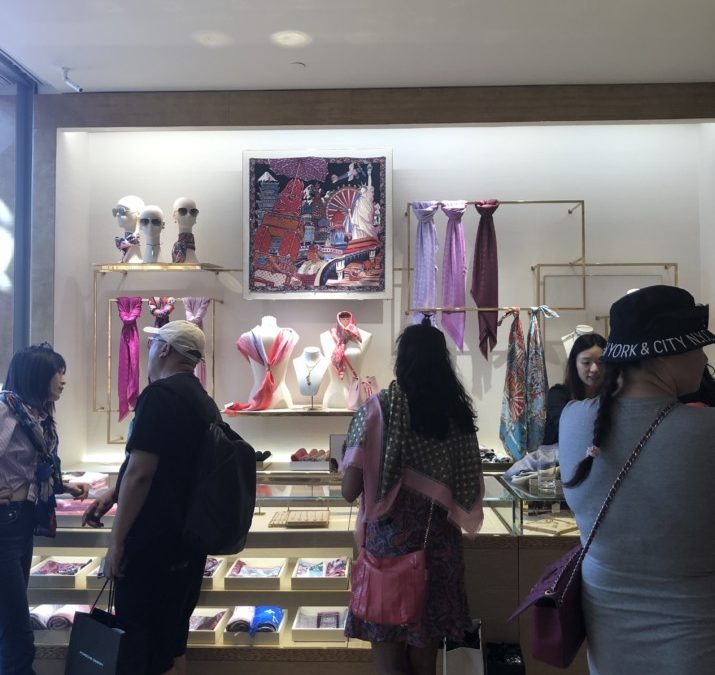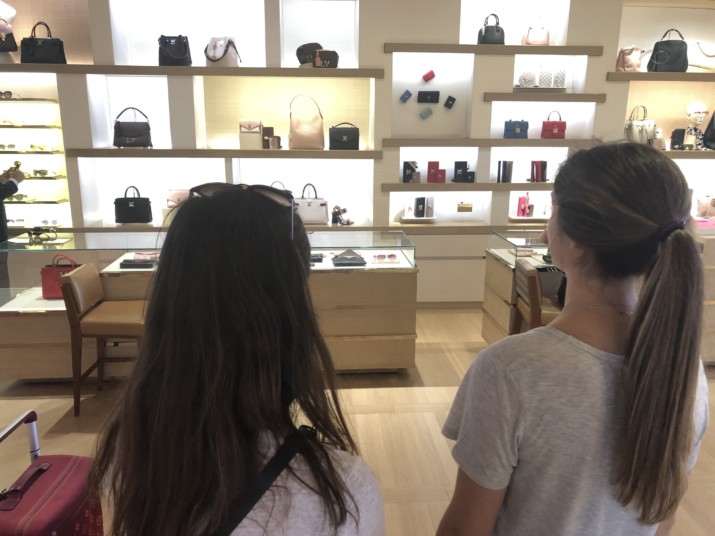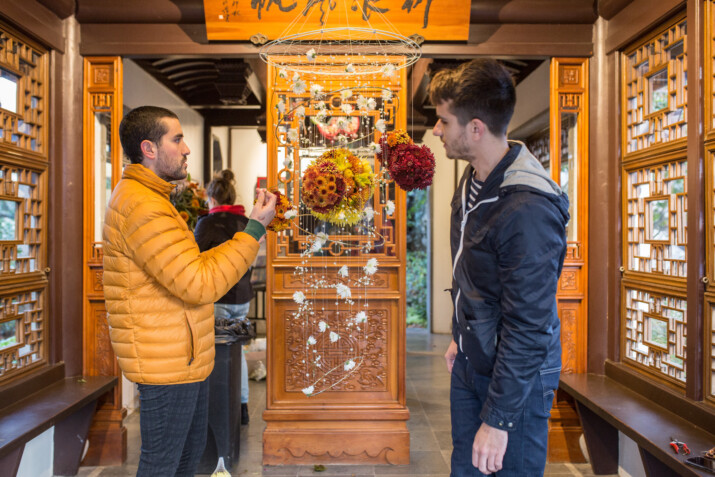While it’s too early to quantify COVID-19’s total financial toll on the sector, the pandemic has certainly shaken some of the foundational aspects of the luxury industry—and some of these changes could be permanent.
As stores remain closed in many parts of the world, e-commerce is a crucial channel for keeping sales up, communicating with customers, and forging a sense of community around a brand. Accelerate your digital investments and shift media spending to online channels, with a focus on customer activation rather than brand building. Aside from enhancing your own websites, also consider partnerships with reputable e-retailers. Digital marketing could help not only boost online sales but also entice consumers to visit stores once they reopen.
Wholesale Darwinism. Even before the pandemic struck, independent luxury-goods wholesalers in Europe (many of which are small, family-owned boutiques) and some of the large North American luxury department stores were already struggling—in part because of luxury brands moving to vertical integration over the past 20 years and, more recently, the growth of e-commerce. This pandemic might force some of them out of business. The damage could extend to brands that have not yet fully transitioned to a vertically integrated distribution model, as well as to upstart brands that need wholesale channels to reach new customers and to finance the development of their full collections. To survive, wholesalers are likely to adopt aggressive commercial and discount policies—which, at least in the medium term, could hurt the luxury positioning of brands that don’t have a concession model.
From global traveler to local shopper. The luxury sector appeals to a global consumer: 20 to 30 percent of industry revenues are generated by consumers making luxury purchases outside their home countries. In 2018, Chinese consumers took more than 150 million trips abroad; we estimate that purchases outside the mainland accounted for more than half of China’s luxury spending that year.1 Asian shoppers buy luxury goods outside their home countries not only to benefit from lower prices in Europe, but also because shopping has become an integral part of the travel experience: buying a brand in its country of origin comes with a sense of authenticity and excitement. With the recent travel restrictions, an important driver of luxury spending has come to a halt, and we anticipate only a gradual ramp-up in international travel, even after the restrictions are lifted. That said, Chinese consumers remain the biggest growth opportunity for the luxury sector. Brands, clearly, will need a new approach to attracting luxury shoppers. To reactivate Asian luxury consumers in their home countries, brands can focus on creating tailored local experiences, strengthening their digital and omnichannel offerings, and engaging more deeply with consumers in tier-two and -three cities. The latter will be challenging, given the limitations in both retail infrastructure and customer-service capabilities in those cities.
Shows without live audiences. Fashion weeks and trade shows have been essential ways that brands have maintained vibrant relationships with consumers and trade partners. While we expect some return to normalcy on this front, we also believe that the luxury industry—in close collaboration with fashion-week organizers and trade associations—should explore alternative ways to deliver the same kind of magic that these events offer when there are restrictions on international travel and large gatherings. Industry players might also consider pushing for a coordinated revamping of the fashion calendar, with brands simplifying and streamlining their presentation calendars.
From ownership to experience, and back again. “Experiential luxury”—think high-end hotels, resorts, cruises, and restaurants—has been one of the most dynamic and fast-growing components of the luxury sector. Millennials (those born 1980–95) opted more for experiences and “Instagrammable moments” rather than luxury items. Baby boomers (born 1946–64), too, were moving in this direction, having already accumulated luxury products over the years. While we expect the positive momentum of experiential luxury to persist, it will slow down in the short term as consumers temporarily revert to buying goods over experiences.
Hyperpolarization in performance. Even before the crisis, it made little sense to talk about the sector in terms of averages because growth rates and profit margins were so widely spread out. Even within the same segment and price point, luxury brands’ growth varied from 40 percent to negative percentages and earnings from 50 percent to single-digit percentages. We expect further polarization based on three fundamentals: the health of a brand’s balance sheet prior to the crisis, the resilience of its operating model (including its digital capacity, the agility of its supply chain, and its dependence on wholesale channels), and its response to COVID-19.
Another chance for ‘rare gems.’ Over the past decade, European luxury conglomerates, private-equity firms, and, more recently, US fashion groups and Middle Eastern investors eagerly snapped up attractive acquisition targets. As a result of the current crisis, some of these acquirers—particularly those that aren’t luxury companies themselves—could find that they have neither the core competencies nor the patience to nurture these high-potential brands, and thus might be willing to put them back on the market. Acquisitions that were once forbiddingly expensive could become viable in the postcrisis period. Such developments could result in further industry consolidation or even the formation of new luxury conglomerates.
Time and again, the luxury industry has proved capable of reinvention. We are confident about the sector’s long-term potential. But some brands will emerge from the crisis stronger, while others will struggle to preserve the integrity of their business. Much will depend on their ability to respond to the short-term urgencies related to COVID-19 while simultaneously planning and executing for the future.
While the COVID-19 pandemic has made for a challenging 2020, we are confident that, with careful planning and deft execution, the luxury-goods sector can successfully weather the crisis and emerge even stronger. The actions we’ve outlined here can help you and the other leaders in your organization navigate the challenges of today while building and strengthening your business for the longer term.

















